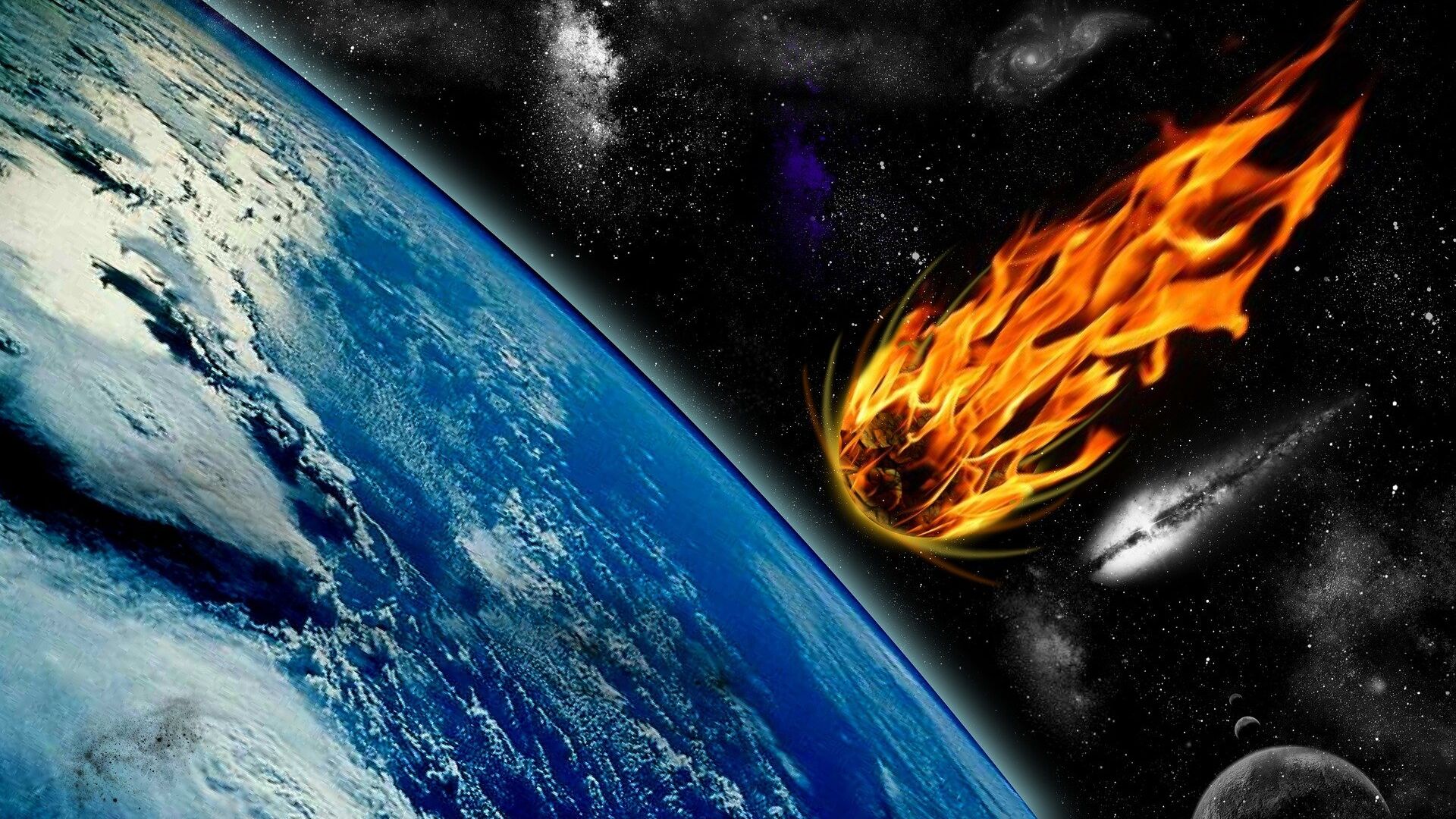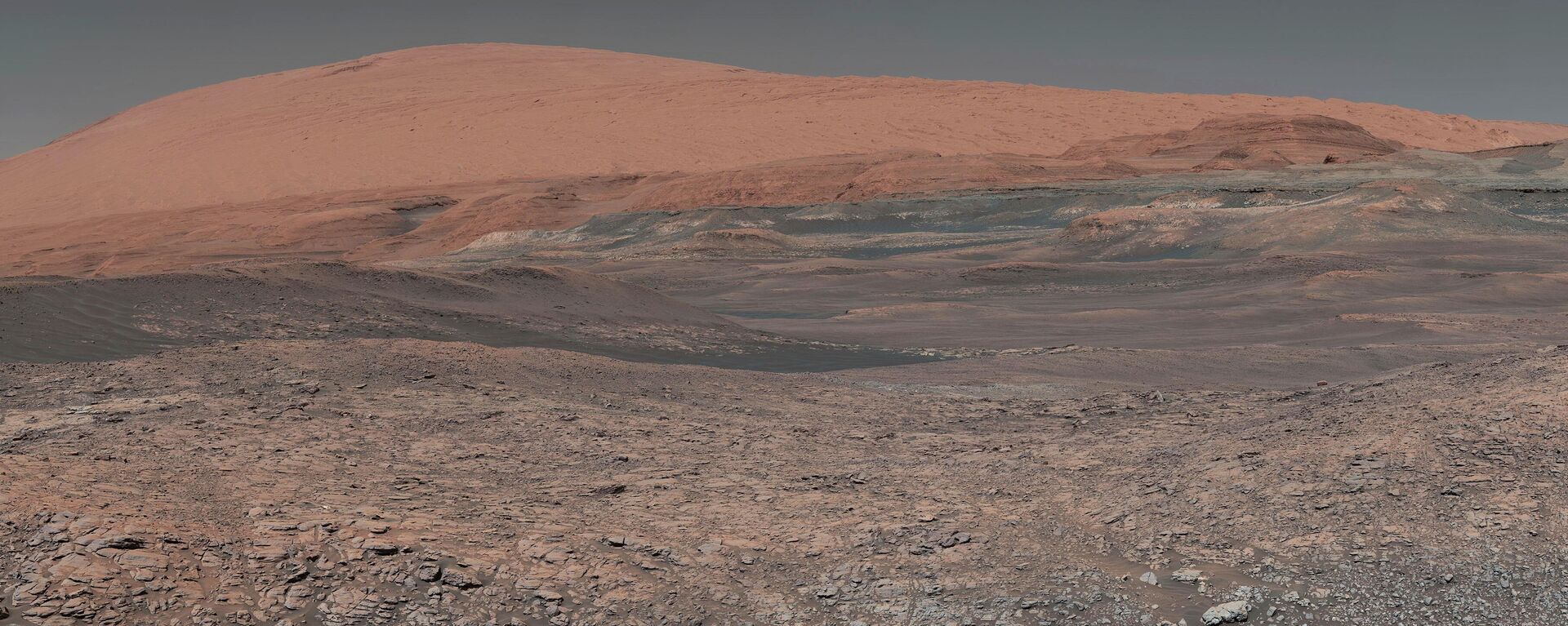https://sputnikglobe.com/20220808/scientists-strive-to-scoop-up-remains-of-interstellar-object-from-bottom-of-sea-1099363780.html
Scientists Strive to Scoop Up Remains of 'Interstellar Object' From Bottom of Sea
Scientists Strive to Scoop Up Remains of 'Interstellar Object' From Bottom of Sea
Sputnik International
Researchers argue that the search can likely be narrowed down to an area only 10km by 10km. 08.08.2022, Sputnik International
2022-08-08T09:50+0000
2022-08-08T09:50+0000
2022-08-08T09:50+0000
meteor
remains
ocean
search
https://cdn1.img.sputnikglobe.com/img/107538/99/1075389961_0:36:1920:1116_1920x0_80_0_0_d34a989460f0ce910659632c1ee33f6f.jpg
A group of researchers is calling for an effort to try and recover the remains of what may be the first interstellar object to exist on our planet.Earlier this year, the US Space Command apparently confirmed the findings of the scientists – Harvard physicist Avi Loeb and his research partner Amir Siraj – who postulated that the meteor CNEOS-2014-01-08 that crashed into the ocean off the coast of Papua New Guinea in 2014 might have arrived from beyond our Solar System.According to Universe Today, the researchers postulate that combining satellite tracking data with wind and ocean current information may allow narrowing the search to an area only 10km by 10km.With this in mind, the research team has reportedly joined forces with an ocean consultancy firm to try and find the elusive meteor’s remains.The search, Loeb told the media outlet last year, may provide “the opportunity to actually put our hands on the relic and figure out whether it’s natural, whether it’s a rock, or whether, you know, a small fraction of those [interstellar objects] might be artificial.”At the same time, the media outlet points out, Loeb did not presume that the meteor was some sort of an alien artifact.“This result does not imply that the first interstellar meteor was artificially made by a technological civilization and not natural in origin,” he and Siraj wrote in a recent paper.
https://sputnikglobe.com/20220617/scientists-question-existing-theories-on-mars-origins-amid-new-finding-in-200-year-old-meteorite--1096419375.html
Sputnik International
feedback@sputniknews.com
+74956456601
MIA „Rossiya Segodnya“
2022
News
en_EN
Sputnik International
feedback@sputniknews.com
+74956456601
MIA „Rossiya Segodnya“
Sputnik International
feedback@sputniknews.com
+74956456601
MIA „Rossiya Segodnya“
meteor, remains, ocean, search
meteor, remains, ocean, search
Scientists Strive to Scoop Up Remains of 'Interstellar Object' From Bottom of Sea
Researchers argue that the search can likely be narrowed down to an area only 10km by 10km.
A group of researchers is calling for an effort to try and recover the remains of what may be the first interstellar object to exist on our planet.
Earlier this year, the US Space Command apparently confirmed the findings of the scientists – Harvard physicist Avi Loeb and his research partner Amir Siraj – who postulated that the meteor CNEOS-2014-01-08 that crashed into the ocean off the coast of Papua New Guinea in 2014 might have arrived from beyond our Solar System.
According to Universe Today, the researchers postulate that combining satellite tracking data with wind and ocean current information may allow narrowing the search to an area only 10km by 10km.
And while trying to find fragments of the meteor on the bottom of the sea might seem like a daunting task, the scientists suggest that these fragments are expected to be magnetic and that they can be scooped up by a ship trawling with a large magnet.
With this in mind, the research team has reportedly joined forces with an ocean consultancy firm to try and find the elusive meteor’s remains.
The search, Loeb told the media outlet last year, may provide “the opportunity to actually put our hands on the relic and figure out whether it’s natural, whether it’s a rock, or whether, you know, a small fraction of those [interstellar objects] might be artificial.”
At the same time, the media outlet points out, Loeb did not presume that the meteor was some sort of an alien artifact.
“This result does not imply that the first interstellar meteor was artificially made by a technological civilization and not natural in origin,” he and Siraj wrote in a recent paper.


